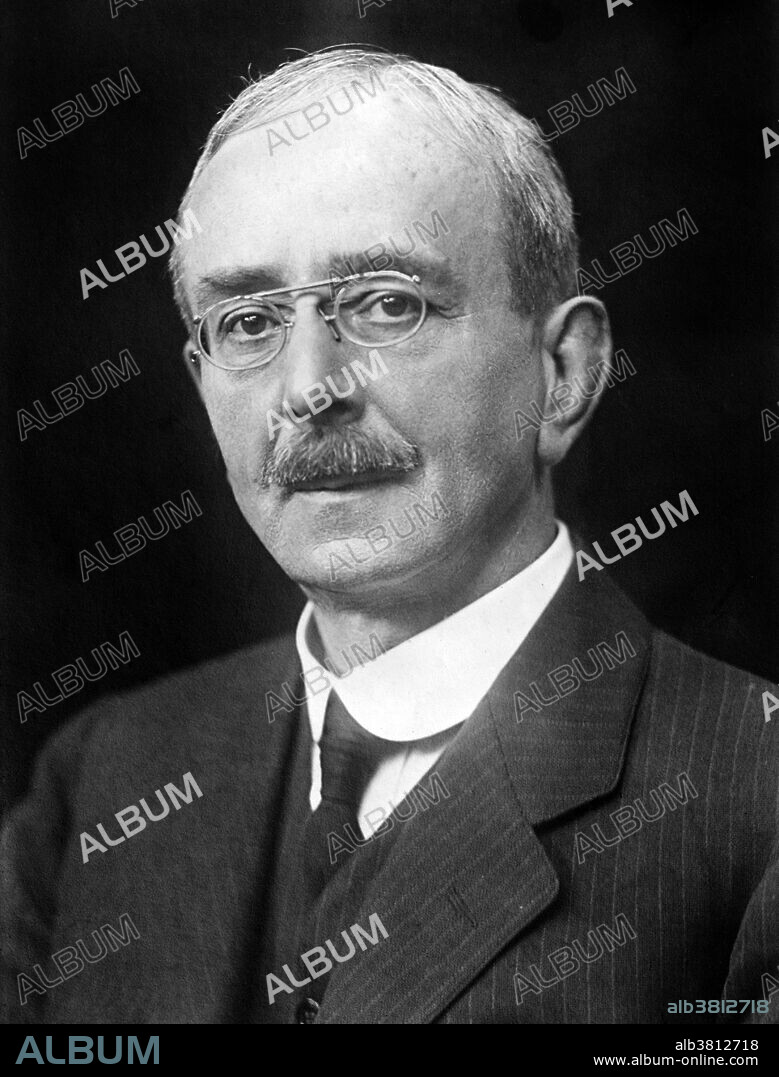alb3812718
Charles Scott Sherrington, English Physiologist

|
Añadir a otro lightbox |
|
Añadir a otro lightbox |



¿Ya tienes cuenta? Iniciar sesión
¿No tienes cuenta? Regístrate
Compra esta imagen.
Selecciona el uso:

Título:
Charles Scott Sherrington, English Physiologist
Descripción:
Ver traducción automática
Charles Scott Sherrington (November 27, 1857 - March 4, 1952) was an English neurophysiologist, histologist, bacteriologist, and pathologist. In 1885 he traveled to Rudolf Virchow to inspect the cholera specimens. Virchow sent Sherrington to Robert Koch for a six weeks' course in technique and he ended up staying with Koch for a year to do research in bacteriology. In 1891, he worked on segmental distribution of the spinal dorsal and ventral roots, mapped the sensory dermatomes, and in 1892 discovered that muscle spindles initiated the stretch reflex. In 1895 he was given full-professorship with his appointment as Holt Professor of Physiology at Liverpool where he worked on cats, dogs, monkeys, and apes that had been deprived of their cerebral hemispheres. He found that reflexes must be considered integrated activities of the total organism, not just the result of activities of the so-called reflex-arcs, a concept then generally accepted. In 1932 he was awarded the Nobel Prize for Physiology, won jointly with Edgar Adrian for their work on the function of neurons. He died in 1952 at the age of 94.
Crédito:
Album / Science Source / LOC
Autorizaciones:
Tamaño imagen:
3300 x 4340 px | 41.0 MB
Tamaño impresión:
27.9 x 36.7 cm | 11.0 x 14.5 in (300 dpi)
Palabras clave:
1857 • 1932 • 1952 • BLANCO Y NEGRO • CIENCIA • DESCUBRIDOR • EUROPEA • EUROPEAS • EUROPEO • EUROPEOS • EXPLORADOR • FAMOSA • FAMOSO • FIGURA • FOTO • FOTOGRAFIA • GANADOR DEL PREMIO NOBEL • GENTE • HISTOLOGO • HISTORIA • HISTORICO • HOMBRE • HOMBRES • IMPORTANTE • INGLES • MASCULINO • NEUROFISIOLOGÍA • NOBEL • PERSONA • PERSONALIDAD • PERSONALIDADES • PREMIO NOBEL • RETRATO DE HOMBRE • S. XX • SIGLO XIX • SIGLO XX • SIR
 Pinterest
Pinterest Twitter
Twitter Facebook
Facebook Copiar enlace
Copiar enlace Email
Email
